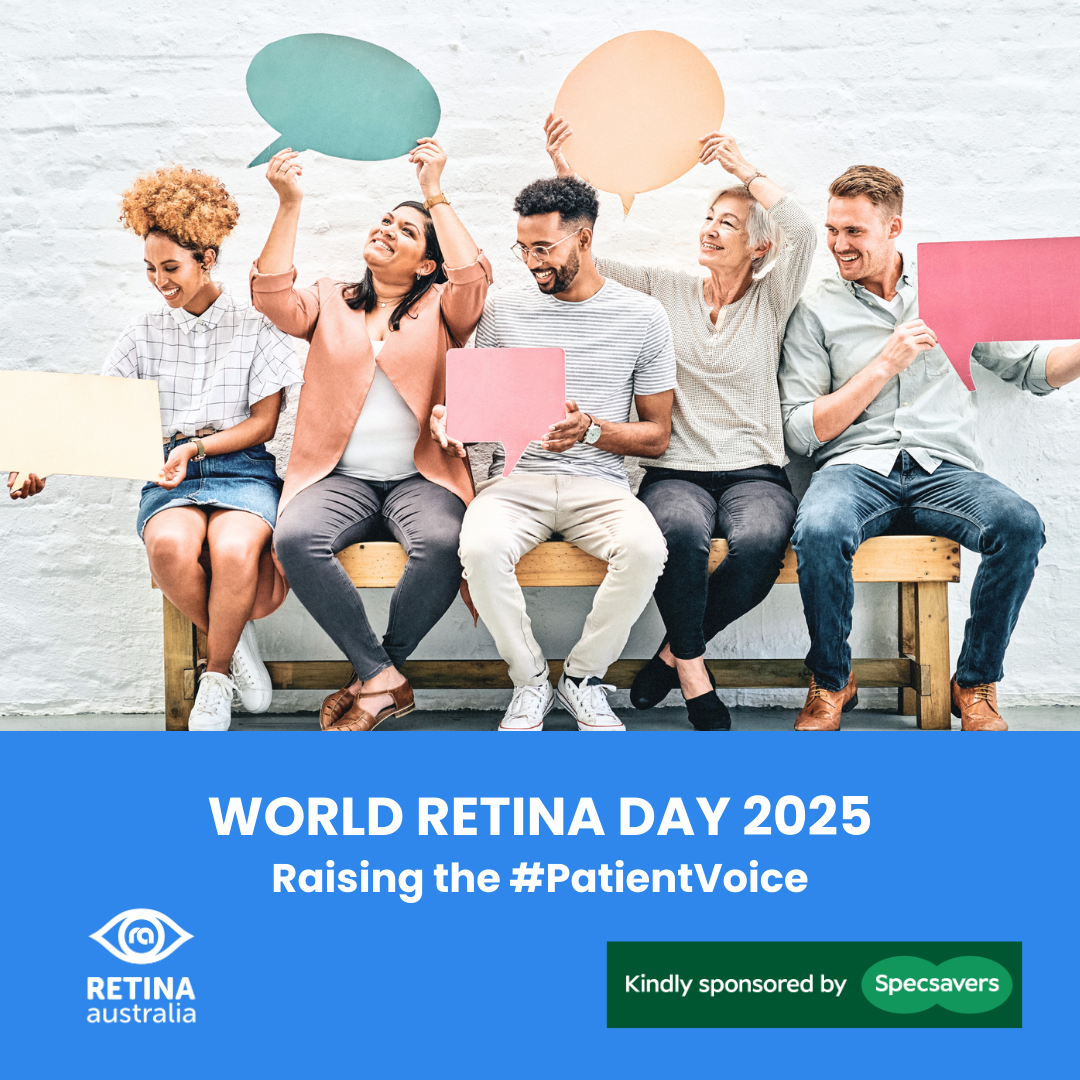14 May, 2025
X-linked retinitis pigmentosa (XLRP) is considered one of the most severe forms of retinitis pigmentosa (RP), accounting for 5-15% of all RP cases and primarily affecting males.
Following on from the research report, “The burden of X-linked retinitis pigmentosa (XLRP) on patient experience and patient-reported outcomes (PRO): findings from the EXPLORE XLRP-2 study” (Parmeggiani et al 2025), another groundbreaking real-world study conducted across multiple European countries and Israel has, for the first time, explored the experiences of caregivers supporting individuals with X-linked retinitis pigmentosa (XLRP) caused by the RPGR gene variant.
The findings of this report “The Impacts of Caregiving for Patients with X-Linked RP” (Weber et al 2025), sheds light on the significant, yet often under-recognised, burden caregivers face—especially as the disease progresses.

Research Report Summary
Symptoms of XLRP are caused by progressive degeneration of photoreceptors. Patients with XLRP-RPGR often first show symptoms in childhood, typically night blindness (nyctalopia). Vision progressively worsens through‑out adulthood, leading to legal blindness, with a median onset age of 26 years based on visual field loss and at 45 years based on visual acuity loss. Therefore, patients with XLRP are expected to require diverse and growing support needs from their caregivers as the disease progresses.
A High Time Investment
The study surveyed 68 caregivers, most of whom were women (87.7%), caring primarily for male patients (91.2%). On average, caregivers spent 28.7 hours per week providing care—a commitment that increased to over 38 hours per week for those caring for individuals in the severe stage of the disease. This level of time investment is comparable to a full-time job and exceeds that reported in similar studies on other visual impairments.
Despite this, only about 20% of caregivers reported impacts on their employment, and missed workdays were minimal. This suggests that caregiving duties are frequently absorbed into personal time—potentially eroding caregivers’ social lives and leisure activities and placing strain on their overall well-being.
Emotional and Psychological Impacts
While traditional quality-of-life tools used in the study (like EQ-5D-5L and EQ-VAS) suggested relatively limited health impacts, deeper analysis painted a more complex picture. Nearly a quarter of caregivers reported symptoms of depression, and over 46% reported symptoms of anxiety, with clinical anxiety levels surpassing those of the general population in the UK and Germany.
This apparent mismatch between time-intensive caregiving and moderate scores on health and wellbeing scales raises concerns about the sensitivity of existing tools in capturing the true emotional toll of long-term care, especially in the context of progressive, visually debilitating conditions like XLRP.
Limitations and Considerations
Researchers acknowledged several limitations in the study. These include:
- Potential selection bias, with emotionally stable or better-supported caregivers more likely to participate.
- Lack of a matched control group, making it difficult to isolate caregiving impacts from other factors like age or socioeconomic status.
- Tool limitations, as many assessment scales are not validated for caregivers of individuals with visual impairments and may miss subtler forms of distress or long-term strain.
- Caregivers also may have underreported their struggles due to the presence of the patient during interviews, or reluctance to express challenges in a formal setting.
Conclusion: A Need for Better Support and Tools
This pioneering study highlights the significant yet often underestimated demands placed on caregivers of patients with XLRP. While many continue their caregiving responsibilities with resilience, the findings point to a pressing need for better tools to measure caregiver burden and greater recognition of their emotional and time commitments.
As treatments for XLRP evolve, ensuring that caregivers are supported—and not sidelined—is crucial for holistic, patient-centred care. Future research should aim to refine caregiver assessment methods and broaden the scope of participation to more accurately capture the lived realities of those who shoulder this vital role.
Retina International was involved in the authorship of this reports.
Retina Australia is the only Australian member organisation of Retina International, a patient-led, global, umbrella NGO for patient-led groups around the world focused on research and support for rare and common retinal degenerative diseases.
https://retinaaustralia.com.au/new-research-the-impacts-of-caregiving-for-patients-with-x-linked-rp/
Other Blogs

World Retina Day 2025
Every year, World Retina Day shines a spotlight on the millions of people living with inherited retinal diseases and other retinal dystrophies. These conditions affect not only vision, but...

World Research Summary by Dr Catherine Civil
Hot Off The Press Check out below to see what new inherited retinal disease (IRD) therapies are in the pipeline. I...

Have your say – First GA treatment being considered for PBS subsidy
Do you have geographic atrophy? If you or someone close...
